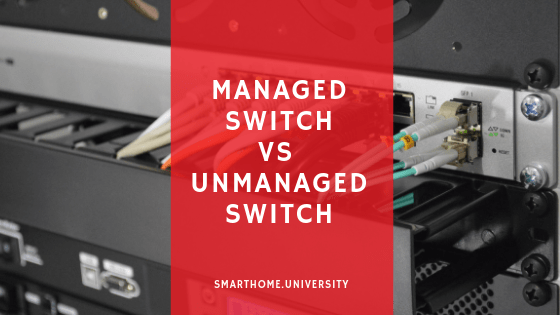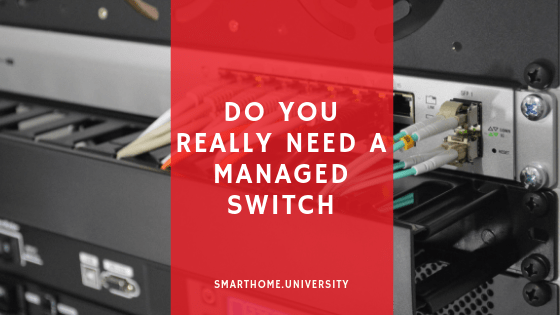Simple Ways to Improve Your Home Network
A fast and reliable home network is becoming ever more important with an increasing number of connected devices This article reviews basic questions on what the home network is, its key components and advice on how to improve. Also, please read our guide on the best access points for home and best nvr Home Network …

